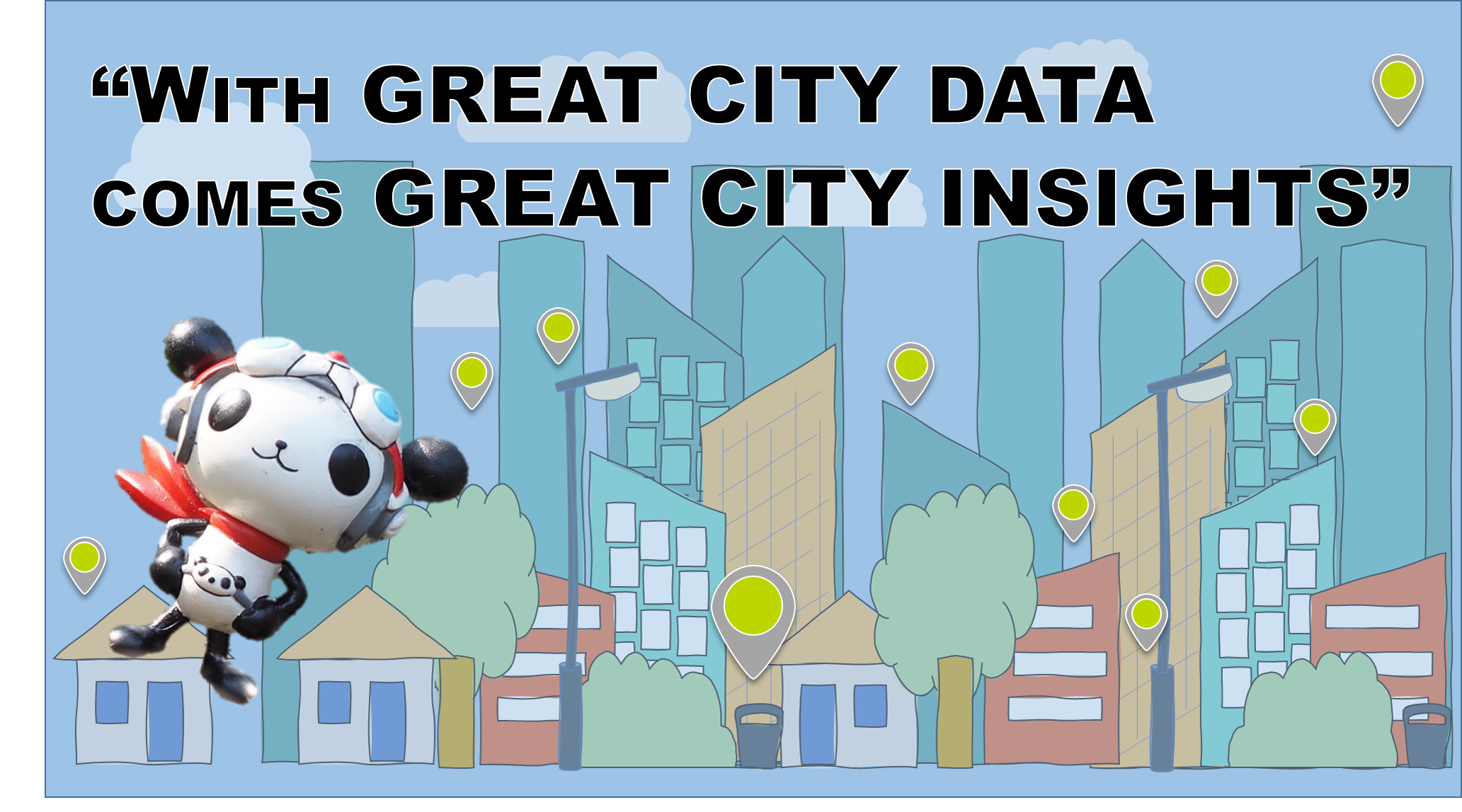5 reasons you need a smart city urban data platform

The following five reasons sum up why you need a smart city urban data platform for all your city sensors.
1. integration of multiple devices and systems data in one platform
As a city, you monitor a huge amount of data at any given time. Not only is this complex data, but it will be coming from multiple different data sources such as air quality, energy, traffic, EV charging, waste, parking, Wi-Fi – the list is endless. All these sources will result in multiple logins to the different providers of the sensors online portals where you can monitor the data. This is a hassle and it makes correlation of different data sources very challenging. An urban data platform, such as [ui!] UrbanPulse, solves this by integrating multiple devices and systems data in one holistic data platform, enabling you to visualise and analyse your whole city data within an easy to use dashboard. What this means is that you can make decisions and enable smart city services based on all the data available.
2. real time visualisation of insights and information
The data that you see in an urban data platform is real time. Furthermore, the data can be presented in ways that work for you, from overlaying on a map, to a pulse monitor for key KPIs, as well as a wide variety of graphs and charts provided within tiles. Our dashboard provides you with an overview of the entire city, with all your key metrics within one place, while also allowing you to dive deeper into each data source, for instance to find historical data and future patterns, with simple click through actions. The map view allows you to see your location-based data in its physical setting, this is particularly useful when analysing the relationship between different data sets such as traffic speed and air quality.
3. providing analytics to show trends, patterns and forecasts
By utilising the diverse data sets within our urban data platform, we are able to apply machine learning and artificial intelligence to cross domain problems, such as the correlation between air quality and traffic speed or smart lighting, traffic numbers, availability of parking and noise pollution for example. By integrating analysis of diverse data sets, you can get more accurate trends, patterns and forecasts than any standalone sensor provider. With no more data siloes, you can have a holistic view of the impact actions in one area have in another. This will result in more collaboration, communication and an improvement in problem solving.
4. sharing enriched data with partner systems in real time
One powerful aspect of our urban data platform is that it can generate data output via an API which can be integrated with your other systems. It might be a case of forwarding your consolidated air quality data from multiple suppliers in multiple formats, to a user application or website in a standardised format. We can identify specific scenarios and integrate with alerting systems, such as parking overstay to create an alert for an enforcement officer, or sensor break down to create an alert for maintenance to visit. It is even possible to integrate with complex systems such as traffic management, roadside signage, to enable real time interventions on public facing systems.
5. complex and key event detection
Our platform provides real time complex event detection, enabling us to recognise in real time complex situations which need to be reported or actions taken upon. An example scenario could be a combination of weather, traffic patterns, time of day, a local event and parking availability, leading to a significant unusual spike of air pollution at the site of a school at the end of the day. Through leveraging detection and prediction of events using a diverse data set we can recognise and take preventative action on unusual events which can occur for complex reasons.